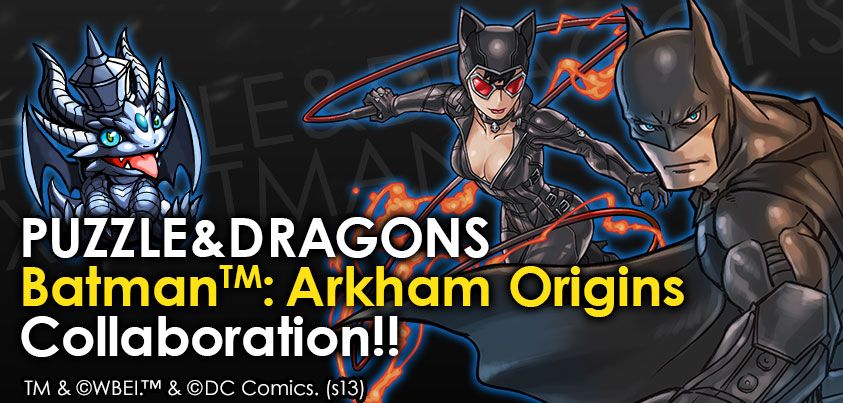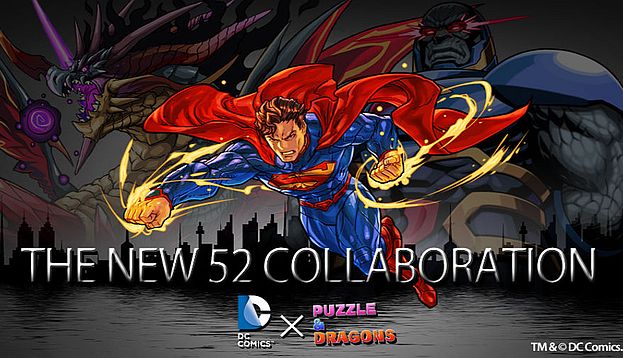Free-to-play games have had an enormous impact on the game industry, and that impact continues to grow. Once in-app purchases were enabled on iOS (and then Android), the business model quickly came to dominate the mobile game business. Remember when mobile games came in a free “light” version and a full-featured premium version Not any more. Now 90% or more of the revenues from mobile games come from games that are free-to-play.
It’s not just mobile games, either. Free-to-play games are grabbing an increasing share of the revenue for online games as well. Almost all MMORPGs these days are free-to-play, World of Warcraft remaining the shining exception that proves the rule. League of Legends will probably pull in more than $1 billion this year, and World of Tanks isn’t far behind. Even that bastion of premium gaming, the video game console, has begun to allow free-to-play games. Once that camel gets its nose under the tent, it won’t be long until the rest of the beast shoulders its way in.
Yet the free-to-play game has a serious weakness at its core: for the vast majority of F2P games, only a very small percentage of players actually pay something to the game publisher. While it’s true that a few games like World of Tanks can boast of monetization rates on the order of 25 percent, most games (especially mobile ones) are happy to get a few percent of the customers spending. Many never see more than one or two percent of players giving them money. That’s not enough to live on, even if your players number in the hundreds of thousands.
It’s possible that some clever company will figure out a way to get a substantial portion of players to pay for content, but it hasn’t happened yet. Many mobile games on Android look to advertising to generate revenue, supplementing what they get from in-app purchases. Yet advertising can be annoying, and keep users from spending more time with a game… which in turn reduces the chance to get money from them. Still, that did happen with YouTube: Eventually the video site figured out a number of ways to get revenue from advertising without losing users.
There is another method that hasn’t been tried all that much, and seems to offer substantial potential benefits at low risk: Sponsored content. This is an old method to other media businesses: Most of the TV shows in the Fifties, for instance, were sponsored (“This variety show is brought to you by Ivory Soap”). Even Apple tried it recently by giving away the newest U2 album, though the implementation left something to be desired.

How could this work in a game There are plenty of possibilities, limited only by the ingenuity of the marketers and the creativity of the game designers. Perhaps Hershey’s could give away a special candy weapon in Candy Crush Saga (though that’s one game that does quite well without ad revenue, thank you). Coca-Cola could bring you a supply of health potions in a fantasy RPG. Perhaps Marriott could offer you a free hardened building you could use in a strategic game of territories.
A recent example of sponsored content occurred in Puzzle & Dragons, the top mobile game in Japan that’s slated to make over a billion dollars this year. This is certainly one game that doesn’t need to worry about reveneue, yet they collaborated with DC Comics to promote DC characters. The supereheroes were featured in the game along with a new dungeon crammed with DC villains.
Better still is to connect the thing being sponsored to things players already pay for, so they know the value of what they’re getting. In much the same way that Ford sponsored the first episode of a new TV series so it was presented without commercial interruptions, imagine if a sponsor like Ford offered you a new racetrack for Forza or DriveClub, or a series of cars and tracks.
Games already place values on maps, levels, weapons, powerups, new character skins, and double experience time. Brand advertisers could look for those sorts of opportunities to create a positive impression in the minds of players. Of course, mobile games also have the advantage of significant knowledge about the players. More could be obtained through opt-in methods as well.
Sponsored content offered in this fashion is not easy to do, though. It’s not something you can automate — each deal will have to be hammered out with each advertiser. Brands will have to be sold on the concept, and engineering resources will have to be diverted to make it happen. It will get easier after you’ve done a few deals, but initially brands will have to be educated and sold on the concept. The efficacy for the brand may be hard to measure. In a world where brands have yet to really get on board with mobile marketing, getting them to make this leap won’t be easy.
On the other hand, this could provide a solid revenue stream for companies while creating a positive impression on players. Instead of dunning the players for a payoff, you’re giving them more of what they enjoy for free. You could increase engagement and retention for your game while making money instead of spending more to accomplish that.
Where will this begin It will take a motivated game publisher, or perhaps a motivated brand advertiser, to begin the conversation. Perhaps even a third party could earn some coinage by matchmaking between the two parties, lining up these opportunities with multiple game companies and brand advertisers. Developing solid metrics on performance will be crucial to getting repeat sponsorships, of course, and that will require some serious work to create.
There are some nuggets of gold out there labeled “sponsored content.” Who will start a serious effort to collect them

